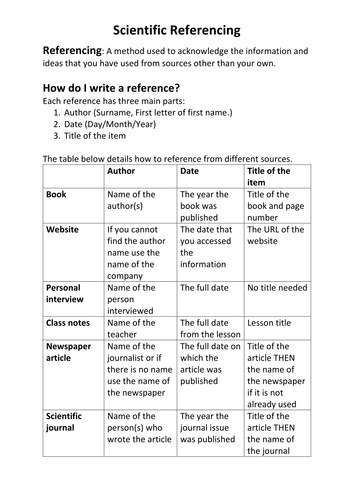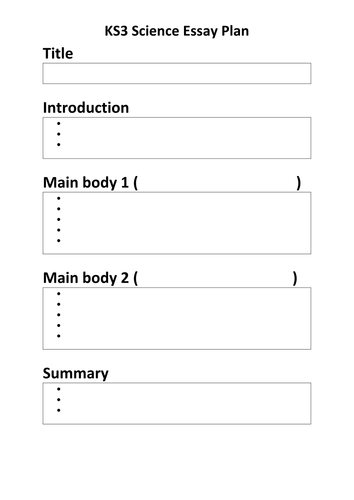243Uploads
111k+Views
55k+Downloads
Chemistry

C13.1 History of our atmosphere
AQA GCSE Sciences (9-1)
Chemistry: C13 The Earth’s atmosphere
Lesson 1: C13.1 History of our atmosphere
Based on the Kerboodle Resources
The AQA Kerboodle worksheet are not included so as to be acting within the TES code of conduct.

C14.1 Finite and renewable
AQA GCSE Sciences (9-1)
Chemistry: C14 The Earth’s resources
Lesson 1: C14.1 Finite and renewable
Based on the Kerboodle Resources
The AQA Kerboodle worksheet are not included so as to be acting within the TES code of conduct.

C8.3 The effect of temperature
AQA GCSE Sciences (9-1)
Chemistry: C8 Rates and equilibrium
Lesson 3: C8.3 The effect of temperature
Based on the Kerboodle Resources
The AQA Kerboodle worksheet are not included so as to be acting within the TES code of conduct.

C12.4 Testing for positive ions
AQA GCSE Sciences (9-1)
Chemistry: C12 Chemical analysis
Lesson 4: C12.4 Testing for positive ions
Based on the Kerboodle Resources
The AQA Kerboodle worksheet are not included so as to be acting within the TES code of conduct.

C5.4 Soluble salts
AQA GCSE Sciences (9-1)
Chemistry: C5 Chemical changes
Lesson 4: C5.4 Soluble salts
Based on the Kerboodle Resources
The AQA Kerboodle worksheet are not included so as to be acting within the TES code of conduct.

C7.1 Exothermic and Endothermic reactions
AQA GCSE Sciences (9-1)
Chemistry: C7 Energy changes
Lesson 1: C7.1 Exothermic and Endothermic reactions
Based on the Kerboodle Resources
The AQA Kerboodle worksheet are not included so as to be acting within the TES code of conduct.

C1.1 Atoms and compounds
AQA GCSE Sciences (9-1)
Chemistry: C1 Atomic structure
Lesson 1: C1.1 Atoms and compounds
Based on the Kerboodle Resources
The AQA Kerboodle worksheet are not included so as to be acting within the TES code of conduct.
Keywords: Atoms, Nucleus, Electrons, Protons, Neutrons, Elements, Groups

C1.3 Separating mixtures
AQA GCSE Sciences (9-1)
Chemistry: C1 Atomic structure
Lesson 3: C1.3 Separating mixtures
Based on the Kerboodle Resources
The AQA Kerboodle worksheet are not included so as to be acting within the TES code of conduct.
Keywords: Distillation, Crystallisation, Filtration, Chromatography

C1.7 Ions, atoms, and isotopes
AQA GCSE Sciences (9-1)
Chemistry: C1 Atomic structure
Lesson 7: C1.7 Ions, atoms, and isotopes
Based on the Kerboodle Resources
The AQA Kerboodle worksheet are not included so as to be acting within the TES code of conduct.
Keywords: Ion, Isotopes

C3.11 Nanoparticles
AQA GCSE Sciences (9-1)
Chemistry: C3 Structure and bonding
Lesson 11: C3.11 Nanoparticles
Based on the Kerboodle Resources
The AQA Kerboodle worksheet are not included so as to be acting within the TES code of conduct.

C3.8 Graphene and fullerenes
AQA GCSE Sciences (9-1)
Chemistry: C3 Structure and bonding
Lesson 8: C3.8 Graphene and fullerenes
Based on the Kerboodle Resources
The AQA Kerboodle worksheet are not included so as to be acting within the TES code of conduct.

C2.2 Electronic structure and the periodic table
AQA GCSE Sciences (9-1)
Chemistry: C2 The periodic table
Lesson 2: C2.2 Electronic structure and the periodic table
Based on the Kerboodle Resources
The AQA Kerboodle worksheet are not included so as to be acting within the TES code of conduct.
Keywords: Shells, Electronic structure, Noble gases

C2.6 The transition elements
AQA GCSE Sciences (9-1)
Chemistry: C2 The periodic table
Lesson 6: C2.6 The transition elements
Based on the Kerboodle Resources
The AQA Kerboodle worksheet are not included so as to be acting within the TES code of conduct.
Keywords: Transition elements

C2.1 Development of the periodic table
AQA GCSE Sciences (9-1)
Chemistry: C2 The periodic table
Lesson 1: C2.1 Development of the periodic table
Based on the Kerboodle Resources
The AQA Kerboodle worksheet are not included so as to be acting within the TES code of conduct.

J J Thomson & Plum Pudding Model
Learners will discover how JJ Thomson came up with his Plum Pudding Model and will also see how Millikan discovered the charge of the electron.

C5.7 Neutralisation
AQA GCSE Sciences (9-1)
Chemistry: C5 Chemical changes
Lesson 7: C5.7 Neutralisation
Based on the Kerboodle Resources
The AQA Kerboodle worksheet are not included so as to be acting within the TES code of conduct.

C4.4 The yield of a chemical reaction
AQA GCSE Sciences (9-1)
Chemistry: C4 Chemical calculation
Lesson 4: C4.4 The yield of a chemical reaction
Based on the Kerboodle Resources
The AQA Kerboodle worksheet are not included so as to be acting within the TES code of conduct.

Scientific Report
Models how students should write out a scientific report:
*) Abstract
*) Introduction
*) Method
*) Results
*) Discussion

Scientific Referencing
This is probably most appropriate for A-Level and GCSE students but I have been pushing my top KS3 students to get used to this way of writing.
Shows how to reference: books, videos, websites etc..

KS3 Scientific Essay Plan
I found that a lot of my KS3 were simply copying and pasting information for homework.
This was designed to get them to have to think critically about the information they are including.
Ideally, they follow the plan and you give feedback which they use along with the plan to write the actual essay.




















